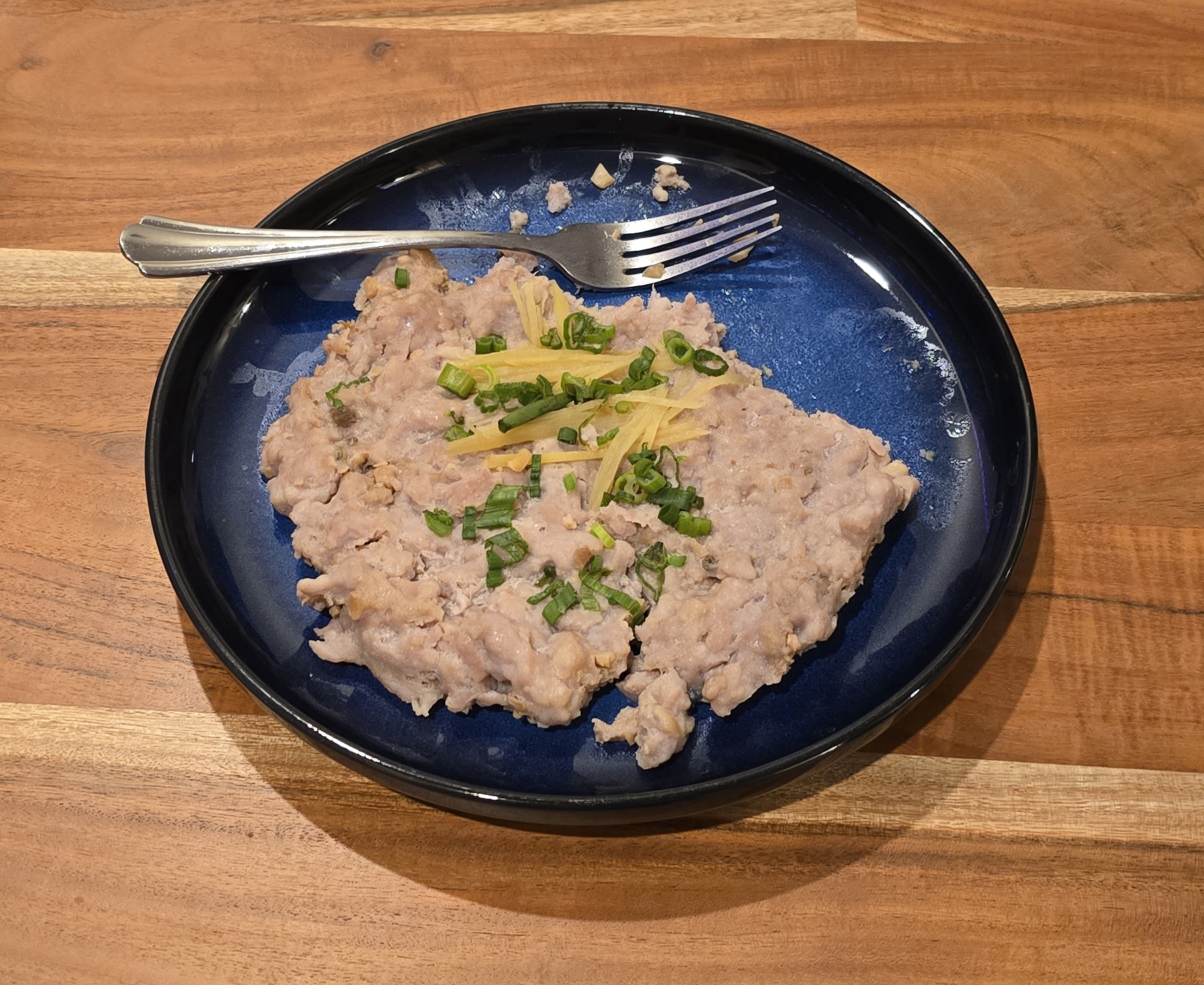
My wife’s uncle has been staying with us recently. He’s lived into his nineties, and is a boundless fountain of stories from a long life lived in energetic ways. It’s always fun to sit and listen to him share them, but more recently, he’s been wrestling with some of the more frustrating things that advanced years can bring.
One of the most frustrating has been his recent loss of taste. After hearing about it, I tried to find one of his favourite foods that he introduced me to years ago. Called hamyuk on the menus we knew (but see the recipe link for its full Chinese name), it’s a distinctively aromatic Chinese dish most often served–in the US, at least–by Cantonese-style restaurants. In the past, he’d tried it at a lot of different places, enjoying their individual takes on the dish. Everywhere did it a little differently, but it was always one that he loved.
(Curious about exactly what is? You can find a recipe here!)
But finding this wasn’t simple. The modern, super-clever internet brain thinks Cantonese just means Chinese, and throws every Chinese restaurant it can find at you. The trick is to search for individual dishes instead, and to guess what they might be called.
I eventually found it, as “steamed minced pork and salted fish”.
But alas, after ordering this and some other Chinese dishes, even this exceedingly flavorful dish wasn’t able to penetrate this new age-related barrier. I was somewhat crestfallen, as I just couldn’t think of many things that might work better.
The next morning, a second idea came to mind–Marmite!

Marmite is a much-maligned food, perhaps because people don’t understand that you don’t need a lot of it most of the time (and because I imagine it’s funny to feed unwitting people this stuff too thick or untempered). Used correctly, though, it carries a real wallop of salt and umami around an almost meaty taste, which seemed like a good shot at something that might breach the barrier.
We mixed some with butter to temper it a little bit–this lets you control how strong the flavour is–then tried it with him. But again, alas, no dice. The only component of the flavour that got through was the salt, which made for nothing but salty bread. Another miss from a famously strong-tasting food.
Despite all this, there was one shining champion of taste amongst the food blends, the place where sweet and salty overlap just a little. French toast with syrup was one that did fairly well, but outperforming even that was peanut butter. Combining sweet with just enough salty, my wife added it to some other foods (a BelVita banana cookie, in particular) to create a new sweet snack. And if it’s not the rich savory dish we were hoping to find for him, in a world where flavours have faded away so badly, at least there are certain foods that still carry some appeal.
A lot of folks who caught COVID, including some I know, ended up with a lost or damaged sense of taste. I don’t know if it’s as total as in the case of my wife’s uncle, and if they would also end up in a world where only French toast and peanut-butter offer meaningful respite–and I’m personally torn, sometimes, between wondering if I’d miss the taste terribly, or if–in losing taste–I might also shed some of my worst habits around food.
For the time being, I haven’t had to find out the answer.
